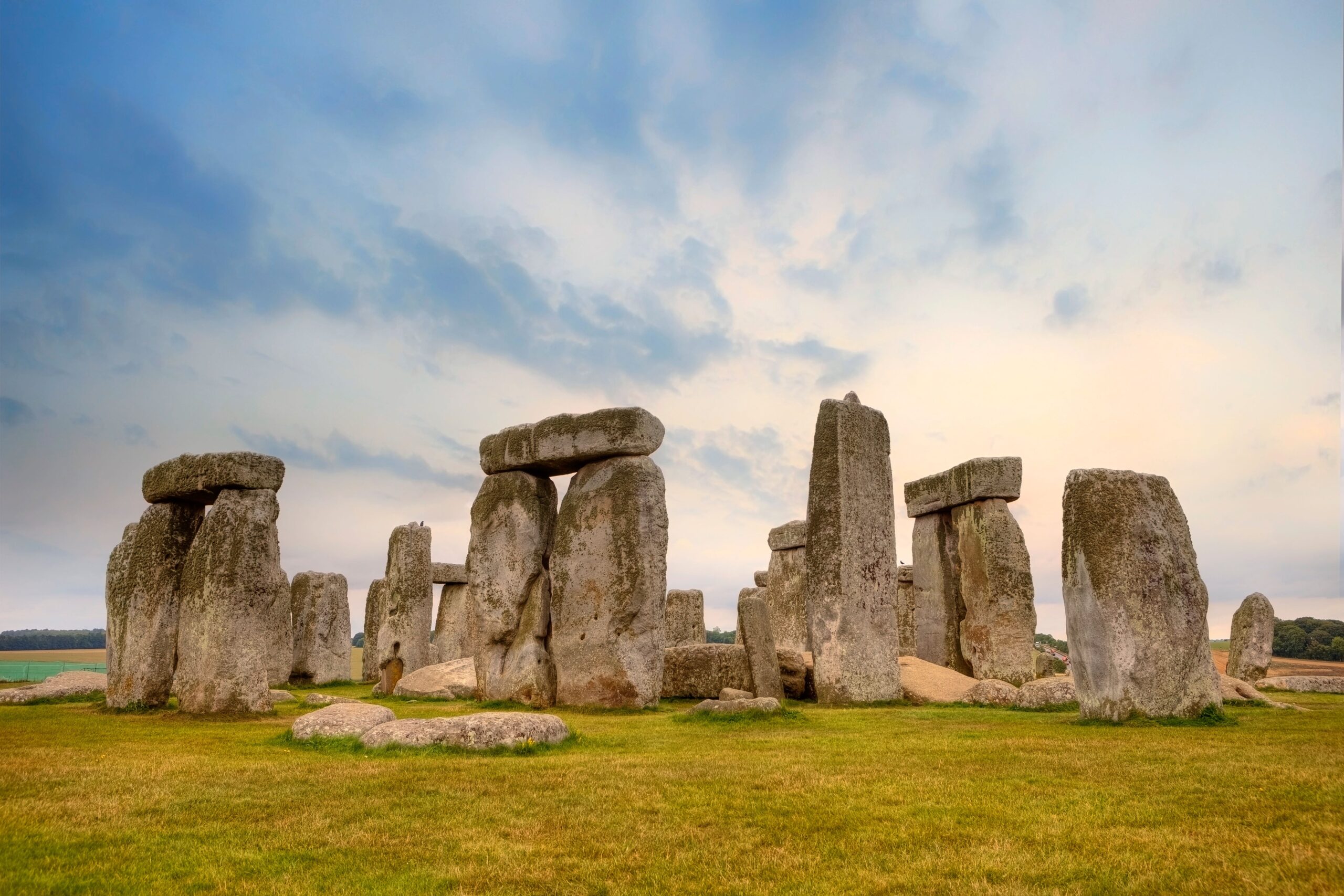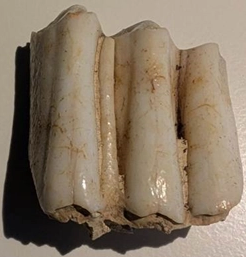An ancient cow’s tooth has revealed fresh details about the mysteries of Stonehenge that have baffled scientists for centuries.
The new evidence has confirmed the link – first identified by archaeologists and geologists in the 2010s – between Stonehenge and two quarries in Wales, which are believed to be the sources of the historic Wiltshire landmark’s legendary standing bluestones.
In a discovery that has intrigued historians for more than a century, archaeologists found a cow’s jawbone in 1924 that had been carefully placed beside the south entrance to Stonehenge and dated it between 2995 and 2900 BCE.
Researchers from the British Geological Survey (BGS), Cardiff University and University College London (UCL) have now used isotope analysis on the cow’s third molar tooth for clues about the animal’s diet, environment and movement.

The lead isotopes revealed composition spikes during the late winter to spring, pointing to a lead source that was older than the lead in the rest of the tooth, suggesting the cow originated from an area with Palaeozoic rocks, such as the bluestones found in Wales, before moving to Stonehenge.
It marks the first time scientists have seen evidence linking cattle remains from Stonehenge to Wales, adding further weight to theories that cows were used in the transportation of the enormous rocks across the country.
Following tests, the researchers concluded that the unusual lead signal was explained by lead stored in the cow’s bones being remobilised during the stresses of pregnancy, which meant there was a high chance the animal was female.
Jane Evans, professor and BGS honorary research associate, said: “A slice of one cow tooth has told us an extraordinary tale and, as new scientific tools emerge, we hope there is still more to learn from her long journey.”

Michael Parker Pearson, professor of British later prehistory at UCL, said: “This is yet more fascinating evidence for Stonehenge’s link with south-west Wales, where its bluestones come from. It raises the tantalising possibility that cattle helped to haul the stones.”
The research paper, ‘Sequential multi-isotope sampling through a Bos taurus tooth from Stonehenge’, which assessed comparative sources and incorporation times of strontium and lead, was published in August.
Richard Madgwick, professor of archaeological science at Cardiff University, said: “This research has provided key new insights into the biography of this enigmatic cow whose remains were deposited in such an important location at a Stonehenge entrance. It provides unparalleled new detail on the distant origins of the animal and the arduous journey it was brought on.
“So often grand narratives dominate research on major archaeological sites, but this detailed biographical approach on a single animal provides a brand-new facet to the story of Stonehenge.”
